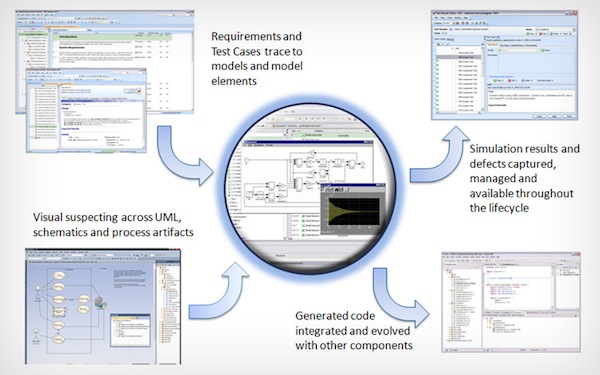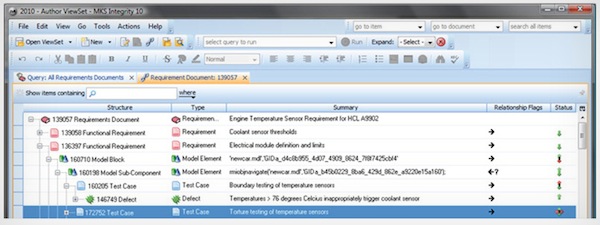December 4, 2001
By Anthony J. Lockwood
Dear Desktop Engineering Reader:
Our electro-mechanical world poses some interesting challenges to product development lifecycle management. You have to design and validate physical hardware, code the embedded software and build the PCBs that give intelligence to the hardware, and then assemble, support, and upgrade the finished system. All of this needs to be done under high pressure: regulatory oversight, limited human and financial resources, intense competition, and ever shorter time-to-market schedules.
The need for collaboration, coordination, and management of—and among—such entities as CAD, CAM, CAE, and bills of materials is understood, and all sorts of systems, solutions, and strategies are “out there” to address it (and are discussions for another day). But what of embedded software design and validation? That is not to say software development lacks management. Rather, the question is where is embedded software’s collaboration, coordination, and management with the rest of the product development cycle?

Often, the answer to that question is: There isn’t anything more than manual communication. Embedded software frequently is designed and tested in a separate universe, later to be merged into a complete or nearly complete assembly. Its disconnect with the rest of the process can lead to all sorts of expensive problems, ranging from buggy behavior because of missed engineering changes, to drawn out time delays from failure analyses and recoding, to recalls for failures in the field.
Today’s Check It Out, a 10-page white paper, addresses this mess. On its surface, the paper, “Harmonizing Modeling and Simulation with the Development Lifecycle,” discusses Integrity. Integrity, a PTC product formerly known as MKS Integrity, is both a system and a strategy intended to bring a higher level of coordination and collaboration between embedded software and the rest of the product development modeling and simulation lifecycle. But the paper really shines when discussing the disconnect among the key constituencies in the electro-mechanical product development process, the peril inherent in that disconnect, and why you ignore the peril at your own peril.

Therein lies this paper’s greatest merit, and why I urge you to take a few minutes to download and read it. I know, I know. The economy maybe tighter than your development cycles, so the thought of thinking about re-engineering your processes gives you headache. But this paper provides an excellent wake-up call for anyone in the business of developing new electro-mechanical products. You don’t really have the time to let this one pass.
Embedded design is an equal partner in your process and needs to be handled as such. Hit the link over there and download this white paper (no registration required). It’s a thought-provoker. You’ll want to share this paper with your colleagues.
Thanks, pal.—Lockwood
Anthony J. Lockwood
Editor at Large, Desktop Engineering
Download “Harmonizing Modeling and Simulation with the Development Lifecycle” here.
(If your browser doesn’t start the download automatically, just right click the link and select “Save As” from the pop-up menu.
Subscribe to our FREE magazine, FREE email newsletters or both!
About the Author
Anthony J. Lockwood is Digital Engineering’s founding editor. He is now retired. Contact him via [email protected].
Follow DE





